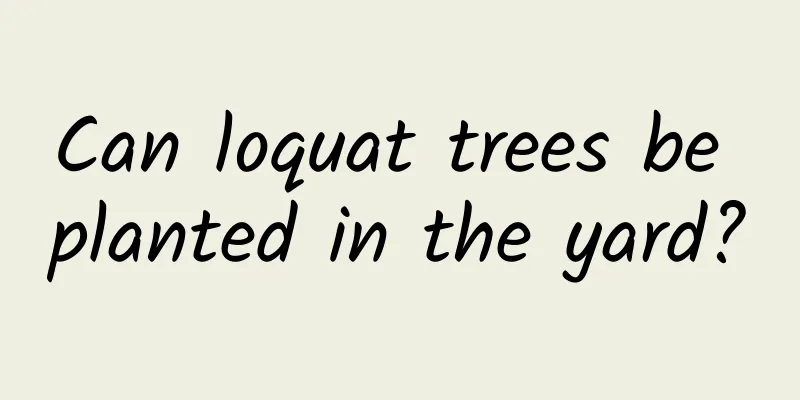The correct way to change the pot and soil of green radish

|
Green ivy is a common indoor foliage plant. It is loved by flower lovers because of its evergreen leaves, clear patterns, and strong air purification ability. However, during the process of potted maintenance, the pot and soil usually need to be changed once every 1-2 years to maintain the vigorous growth of the green radish. So what is the correct way to change the pot and soil of the green radish? Let’s learn more about it below. 1. Time to change pots Spring and autumn are the seasons when green radish grows most vigorously. Changing pots and soil at this time can help the plants resume growth quickly. If the plant is dormant in winter, the impact of changing pots and soil will be smaller. Summer is hot and humid, and the green radish is easily infected by diseases and pests after repotting. Therefore, you should try to avoid repotting and changing the soil in summer. 2. Pot soil preparation Choose a pot that is slightly larger than the original pot and make sure it has adequate drainage holes to help avoid root rot. The soil should be breathable, loose, and nutrient-rich mixed soil, such as a mixture of leaf mold, sand and garden soil. 3. Remove the pot Stop watering 3 days before repotting to allow the soil to separate from the pot wall and make it easier to remove the pot. When removing the plant from the pot, gently tap the bottom of the pot to help loosen the soil, then take out the green radish along with the soil ball. 4. Root treatment After removing the pot, be sure to remove the old soil around the roots of the green radish, especially the soil that has become hardened. Also check whether the roots are rotten or have pests and diseases, and prune off unhealthy roots in time. After pruning, you can soak the roots in wood ash water or carbendazim solution for disinfection, or wash them and let them air dry. 5. Planting in pots Place a layer of pebbles or broken pottery in the bottom of the new pot to improve drainage, then add new soil. Place the green radish in the center of the pot. After adjusting the position, fill new soil around the root zone and compact it lightly to ensure that the roots are in good contact with the soil. 6. Post-maintenance After repotting, place the green radish in a cool and ventilated place, water it appropriately, and keep the soil slightly moist. Avoid strong direct sunlight to avoid affecting the recovery of the plant. In addition, do not apply fertilizer immediately after repotting. Wait until new leaves grow before applying fertilizer, otherwise it will easily burn the roots. In general, you need to choose the right time to repot and change the soil of the green radish, then follow the correct steps, and pay attention to the maintenance after repotting. This will ensure that the green radish grows healthily in the new potting soil environment.
|
<<: The correct way to repot Phalaenopsis
>>: How many days does it take for mustard greens to germinate?
Recommend
Pest control methods for cold orchid
Sheath Rust Symptoms Raised pustules usually appe...
How to fertilize keel flower
1. Nitrogen Fertilizer In order to make it grow w...
How to breed millet star
How to cultivate millet star Soil requirements fo...
How to care for Cotinus coggygria bonsai
About the making of tree shape Cotinus coggygria ...
Pest control of white rhododendron
Common diseases Prevention and control of sooty m...
How to identify holly
1. Blades The leaves of holly are leathery, quadr...
How to grow freshly cut green radish in water
1. Water culture method 1. Choose branches: Choos...
What is forget-me-not?
What is forget-me-not? Forget-me-not belongs to t...
How to water the green radish seedlings and what should be paid attention to when transplanting
1. How to water During the growth period of the g...
How to fertilize Forsythia? Fertilizing in this way can make it grow one section taller!
Do they need fertilizer? They still need nutritio...
The process of mung bean germination
The process of mung bean germination The germinat...
What does the bean worm finally become? It becomes a pupa after being buried in the soil for a few days.
1. What did the bean worm become? Bean worms are ...
What to do if geranium grows too tall
Excessive water and fertilizer causes geranium to...
Can pepper water be used to water flowers?
Can pepper water be used to water flowers? Pepper...
How to plant rose seedlings
Potted seedlings 1. Generally, flower pots should...









